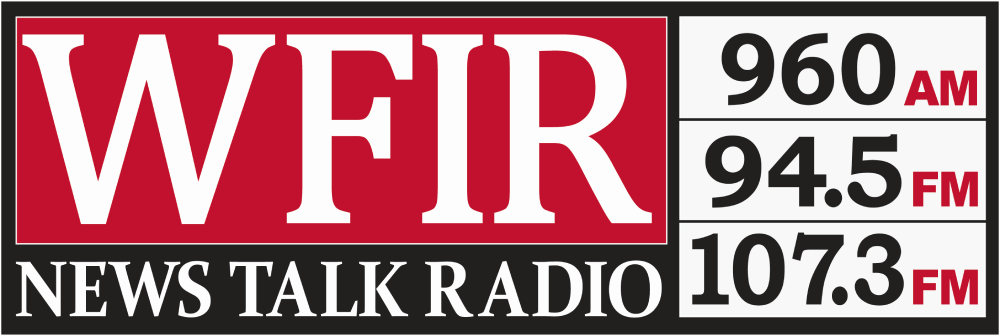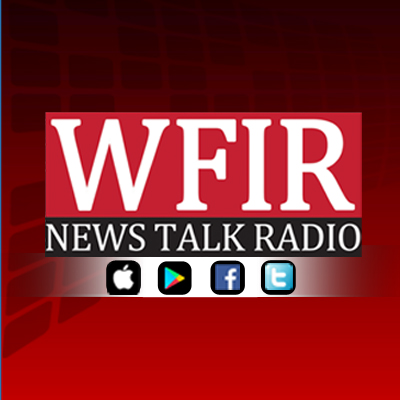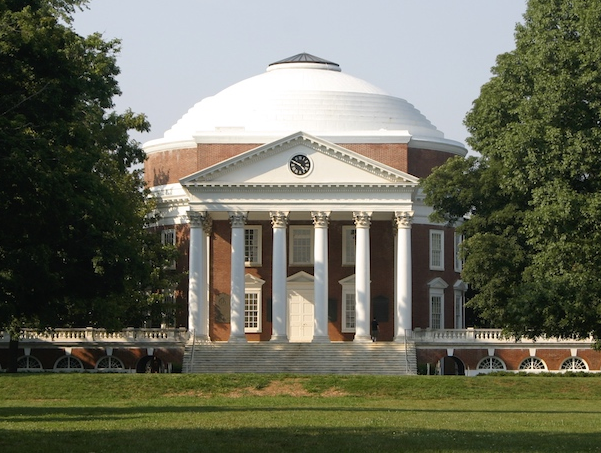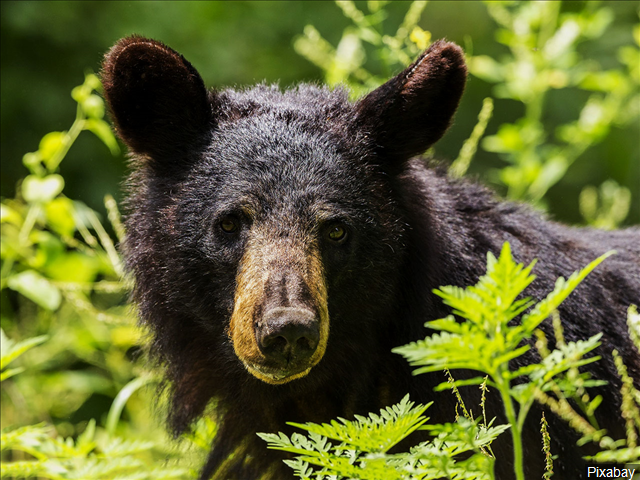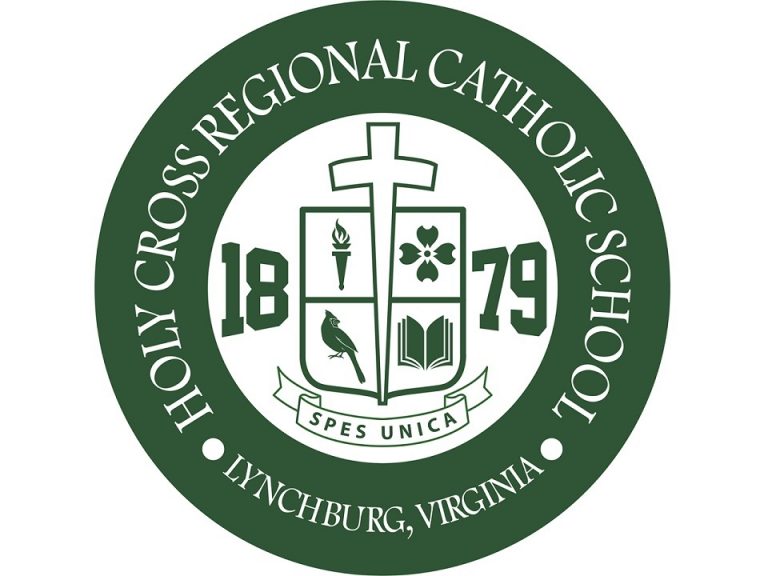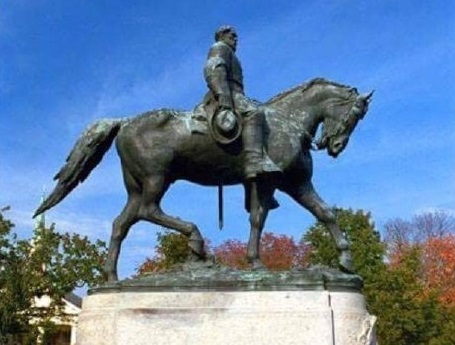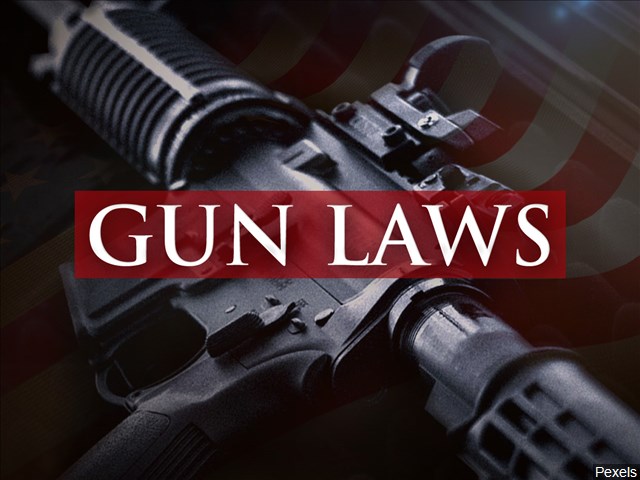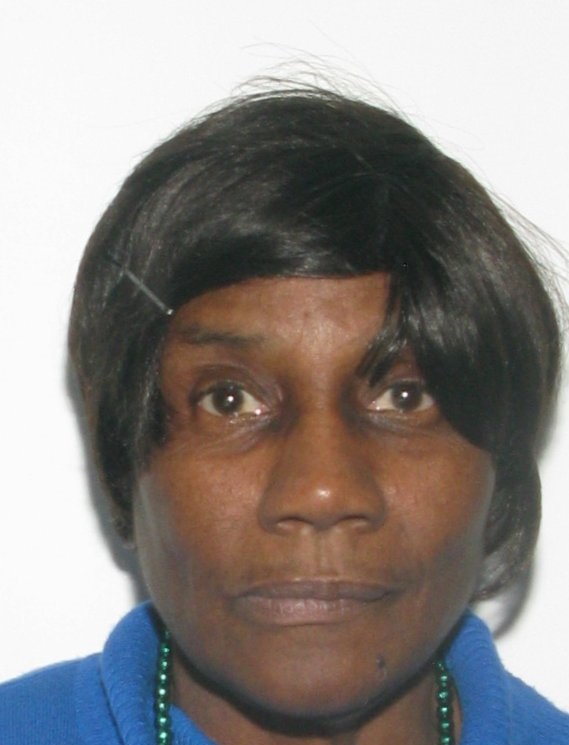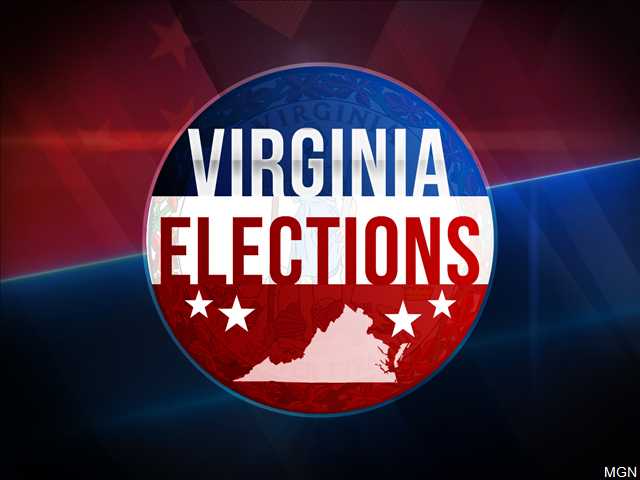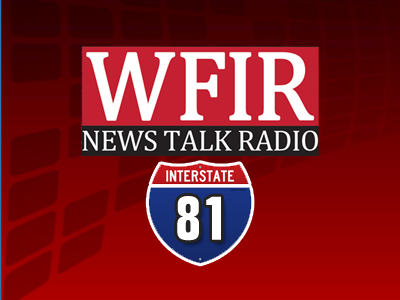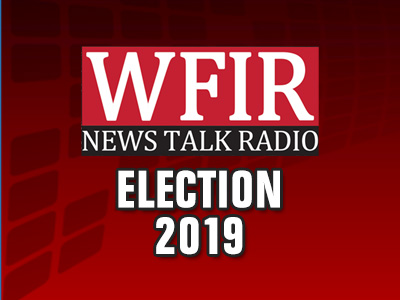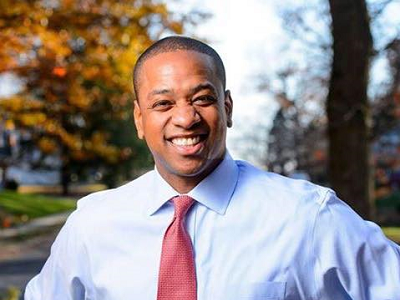RICHMOND, Va. (AP) _ Officials in Virginia say the state is seeing an alarming uptick in the...
Across Virginia
Governor Northam has announced Virginia’s first-ever International Trade Strategic Plan. WFIR’s Ian Price has more:
CHARLOTTESVILLE, Va. (AP) — The University of Virginia is reinstating the 21-gun salute for next year’s Veterans...
CHARLOTTESVILLE, Va. (AP) — Authorities say more than a dozen people have been hospitalized in Virginia after...
The cold temperatures that moved in yesterday may lead some bears to decide it is time to...
Holy Cross Regional Catholic School in Lynchburg will close at the end of the current school year....
RICHMOND, Va. (AP) – Democrats won control of Virginia government for the first time in decades on...
CHARLOTTESVILLE, Va. (AP) _ Police have removed an unauthorized camera and apparent tripwire device from the vicinity...
RICHMOND, Va. (AP) — Virginia Republicans have canceled a meeting where they were to present GOP-backed proposals...
THE VIRGINIA STATE POLICE HAS ISSUED A SENIOR ALERT ON BEHALF OF CHESTERFIELD COUNTY POLICE DEPARTMENT ON...
Virginia Democrats will take full control of the statehouse for the first time in more than two...
NEWS RELEASE: Virginia State Police Trooper J.P. Peck is investigating a two-vehicle crash in Washington County. The...
Tens of millions of dollars have poured into the relatively small number of General Assembly races considered...
ALEXANDRIA, Va. (AP) – A broadcaster sued by Virginia’s lieutenant governor after airing interviews from two women...
There is now just one day to go before election day, and while candidates handle last-minute campaigning,...
